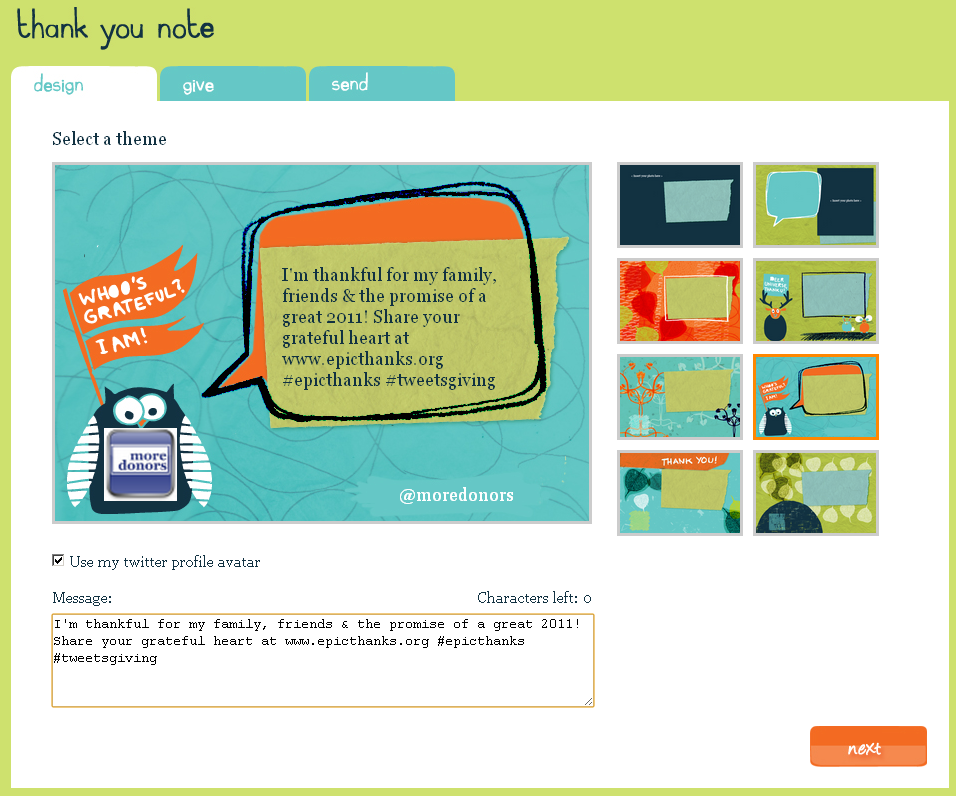
A recent meeting took me to Richmond, Virginia for a couple of days. The journey back was a bit of an adventure... The snow started falling in Richmond around 9:30AM and I started my trek toward the Mason-Dixon line around 1:00PM - enough time for a couple of inches of snow to accumulate.
As basically anyone I talked to from the Richmond area can attest: 2 inches in central Virginia = Blizzard-like driving conditions. Not so much because the roads are more sensitive to snow in Richmond, Fredericksburg and the surrounding areas, but because the drivers are. Once home I sat pondering the trip and the number of accidents I passed (I stopped counting at 10). I found some parallels in how one tackles a social media plan:
1) Go Slow, But Not Too Slow: Proceed at a speed that makes you feel safe, but isn't so slow it will cause your fellow drivers (co-workers, marketing staff, etc.) to run into you.
2) Map Out Your Course: While many of us have become dependent on things like Google Maps and apps to give us turn-by-turn navigation, in a blizzard it is even less safe to be peaking at these while behind the wheel. The lesson? You don't have to memorize your strategy, but you need to know it well enough that you don't have to check it incessantly. This way you will view other campaigns, communications efforts, and opportunities with an eye towards improving your social media efforts. You will be more likely to recognize opportunities for synergy and success.
3) Be Open To Changing Course: It's not uncommon for you to find your planned path - no matter how much thought you dedicated to it - may not be possible halfway through your journey. Resources may disappear due to budget cuts, Facebook may change the way pages work, Twitter may redesign the way a standard profile appears, etc. Be ready to change on the fly. Two things you can plan in advance are: A) Your attitude when the inevitable road block arises - be positive and confident... it's contagious; and, B) Who you will gather to discuss the issues. If you already know you have a group of X people who will discuss such bumps in the path - and they know they are in the group - you will have an easier time organizing the group and finding a solution quickly.
4) Don't Stop Just Because You See Others Running Off The Road: Others are going to make mistakes and go slip-sliding-away. Rather than let it deter you from plowing ahead, learn from their mistakes and pay attention to your efforts. (*You have to love me using "plowing" in this analogy, don't you?!?)
5) Don't Speed Up Just Because You See Others Flying By: Just like others are going to make mistakes, some are going to get lucky and have greater early success than you will. Again, learn from what they have done well and apply it to your campaigns. However, do not skip critical parts of your plan just to "keep up."
6) Follow A Truck Or Plow: Someone likely has better equipment (technology and tools) or more experience with this kind of driving than you do - follow their leadership and embrace the appropriate tools. Let me know if you need help finding this kind of help or consulting. If I can't help you, I will gladly help pair you with the right person for your needs.
7) Be Thankful When You Arrive: Don't overlook the short-term success and show gratitude for all involved in your social media efforts.
8) Be Ready For The Next Blizzard: Keep track of what you did well in your last campaign, hold a debrief meeting afterwards to identify what went wrong, gather it all (wiki?) so that it can help you navigate the drive with more expertise the next time you face a blizzard.
Please note - If you follow these as actual driving suggestions when in a blizzard you are on your own and I'm not liable for any damage or injuries. ;)
Photo by PinkStock Photos, used via creative commons license.










































